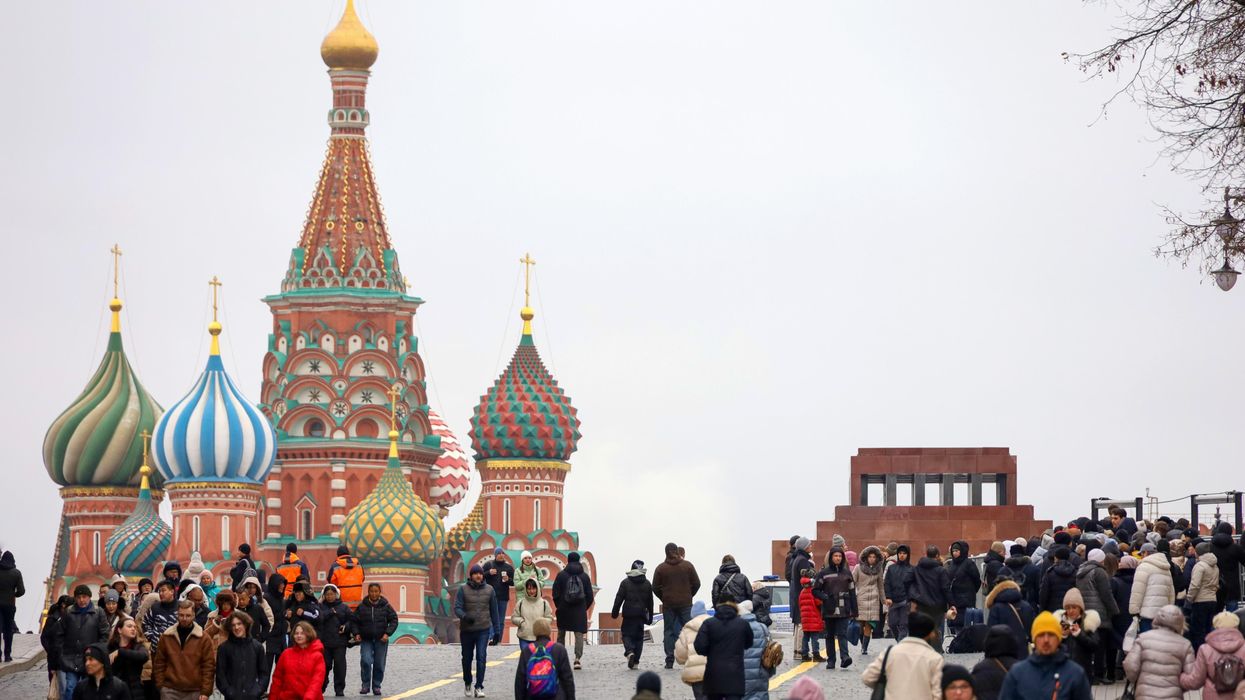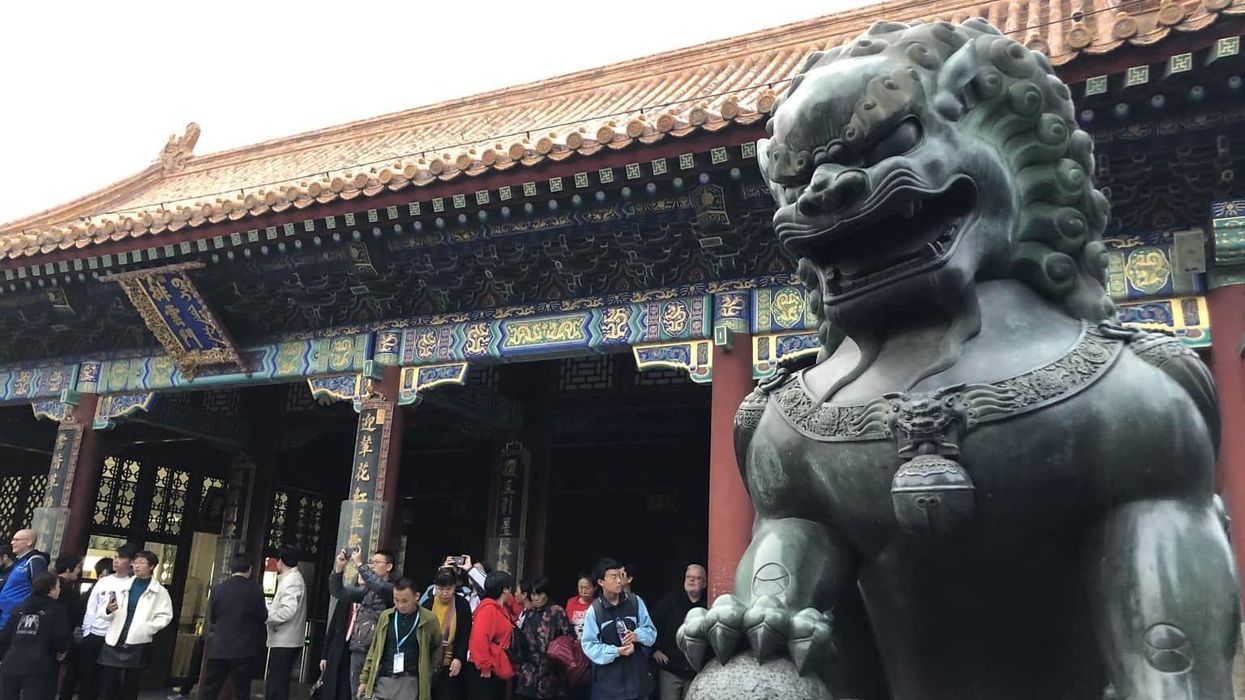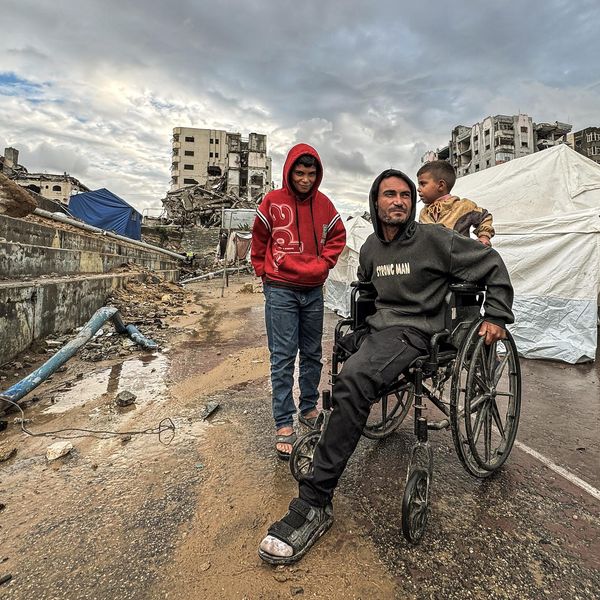Late last week, the Air Force awarded five identical contracts, each valued at nearly $1 billion. The press release was light on details, but it gave some of the first concrete information about the service’s largest classified initiative: the Next Generation Air Dominance (NGAD) program, which is expected to deliver the Pentagon’s first sixth-generation fighter jet.
The agreements will more than double the $4.2 billion that Congress has allocated for the program since 2015. And investment in the initiative is expected to grow further as prototype development continues, with the Air Force estimating that the program will cost $11.7 billion from 2024 to 2027.
As costs rise, experts say the NGAD’s secretive nature raises serious concerns about the public’s ability to exercise oversight of the program.
“We know very little of it because the Pentagon leaders decided that they weren’t going to make the same mistake that they did with the F-35,” Dan Grazier, a senior defense policy fellow at the Project on Government Oversight, said, referencing the Pentagon’s controversial fifth-generation fighter jet. “They don’t want to be raked over the coals like they [were] with the F-35 program, so they’re keeping this as secret as possible.”
A recent report from the Congressional Research Service shed some light on the initiative, though details remain sparse. What we do know is that the NGAD will include a new fighter jet, but it may also comprise other aircraft designed to assist the main plane.
As the name implies, the goal of the initiative is to field a system that can establish “air dominance.” According to CRS, part of the program’s goal is to figure out exactly what that would mean. One possibility is that the fighter jet will be bigger and less agile than its predecessors, with a laser weapon attached that “could ensure that no enemy flies in a large amount of airspace.”
Last week’s deals went to five defense giants, including Raytheon Technologies, Lockheed Martin, Boeing, and Northrop Grumman — the four largest weapons contractors on earth. The fifth went to General Electric, a leading engine maker. The Pentagon says these contracts are part of the Next Generation Adaptive Propulsion program, which will design the NGAD’s engine.
Observers say there are two possible reasons for DoD’s decision to give out so many competing contracts. First, companies tend to do better when you force them to compete against each other in designing prototypes.
“It is best practice to have a competitive prototyping process,” Grazier said. This approach was particularly effective in the case of the mid-century Lightweight Fighter program, in which dueling prototypes eventually turned into the F-16 and the F-18, two remarkably effective planes.
But that process can only succeed if it has a sound concept at its core, according to Grazier. In the case of the Littoral Combat Ship, the Navy dumped $30 billion into two different designs for a poorly conceived, overly complicated vessel. After only a few years in service, the Pentagon has already started to retire the LCS due to myriad technical issues.
Given that the NGAD fighter jet is expected to cost “multiple hundreds of millions” of dollars per plane — far more than even the F-35 — Grazier worries that the design may include the sort of high-tech bells and whistles that have a tendency to break down, leaving planes grounded for extended periods of time. (Space-age planes like the F-35 and Osprey have been plagued by such issues, reducing combat readiness and making it difficult for pilots to get flight hours.)
The second reason for doling out concurrent contracts is more controversial. As Defense One recently reported, the agreements are aimed in part at keeping defense giants “viable to build aircraft for years to come.”
Grazier argues that there is some logic to this. “It’s important to maintain a robust industrial base,” he said, noting that the United States benefits from having so many domestic manufacturers that can compete for big contracts.
But many wonder if government support for defense primes is the best use of taxpayer money. “This is something that we don’t see for any other industry in this way,” said Lindsay Koshgarian, the director of the National Priorities Project at the Institute for Policy Studies.
“We’ve just now […] seen a promise of the first investment in renewable energy in a big way from the Inflation Reduction Act, but that’s the first time,” Koshgarian continued, adding that funding for climate security issues “doesn’t nearly amount to how much we’re putting into the military industrial base.”
At the end of the day, it’s going to be hard to tell if the NGAD is worth the investment unless the DoD becomes less secretive about the program. The recent CRS report noted that some lawmakers “have expressed concern that developing a major classified program, like NGAD, risks increased costs and development issues due to limited oversight.” But it remains to be seen whether those unnamed members of Congress will fight to get more information out.
In the meantime, Koshgarian expects that the program’s cost will continue to grow.
“The track record of things like this is that the costs tend to go up over time as they invest more and ramp up production,” she said. “I think we can expect that, if they continue with this, we'll see even higher dollar amounts going in.”
















